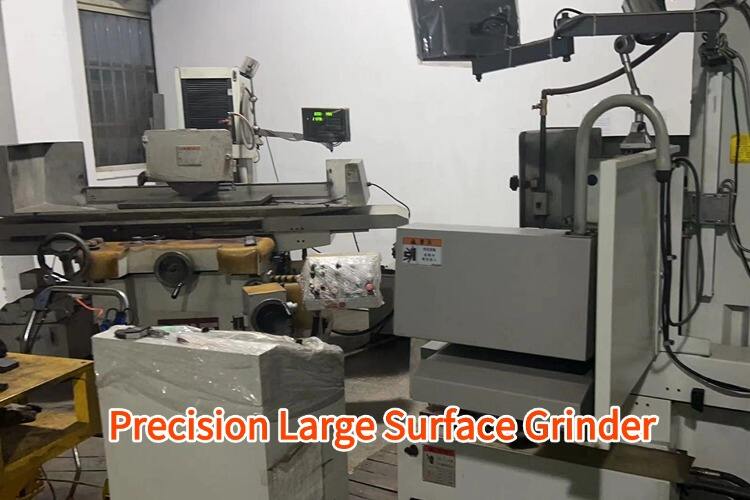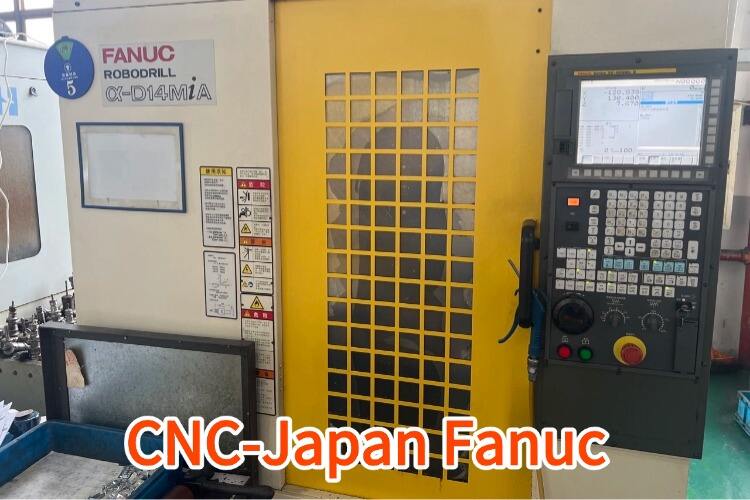flame hardening steel
Flame hardening steel is a specialized heat treatment process that enhances the mechanical properties of steel components through localized heating and rapid cooling. This sophisticated surface hardening technique uses high-temperature flames, typically oxyacetylene or propane, to heat the steel's surface to austenitic temperature ranges between 1500-1600°F. The heated area is then rapidly quenched with water, oil, or polymer solutions, creating a hardened surface layer while maintaining a softer, more ductile core. The process results in improved wear resistance, fatigue strength, and surface hardness without affecting the base material's inherent toughness. This versatile method is particularly valuable for large components and complex geometries where selective hardening is required. The depth of hardening can be precisely controlled, typically ranging from 0.050 to 0.250 inches, making it ideal for components that need enhanced surface properties while maintaining core ductility. The process is widely employed in manufacturing gears, crankshafts, camshafts, and large industrial equipment components where specific areas require superior wear resistance and strength.


